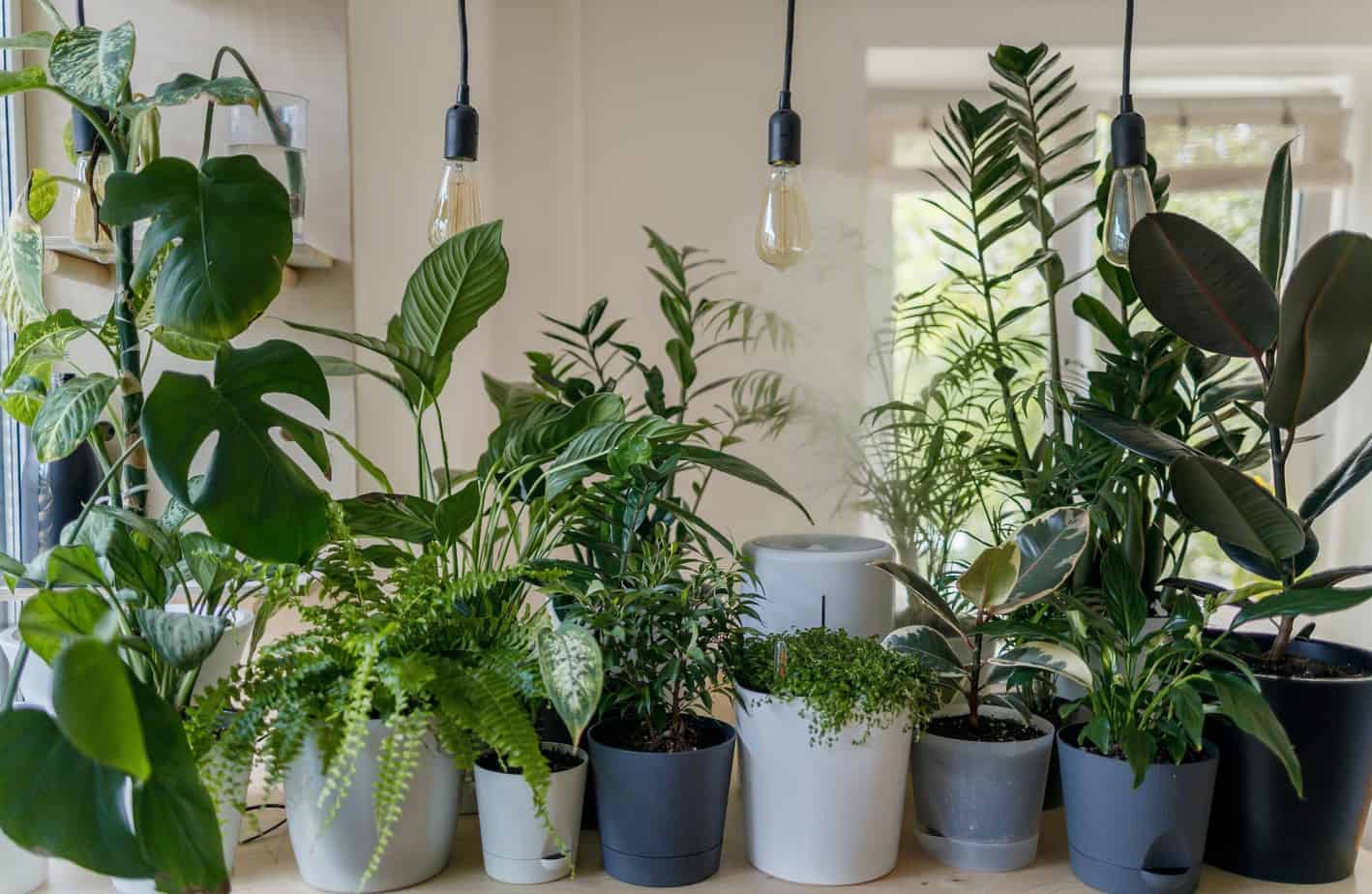In the world of plant production, space is a precious commodity. With the increasing demand for diverse plant species and the limited land available, it has become crucial to find innovative ways to maximize space. One such method is through the use of stackable nursery containers. These containers have revolutionized the way nurseries operate, offering a space-saving solution while maintaining the health and quality of the plants.
The Importance of Space Efficiency in Nurseries
- Limited Land Availability: With urbanization on the rise, the availability of land for plant nurseries is decreasing.
- Increased Demand for Variety: Consumers now seek a wider range of plants, necessitating more space for nurseries to cater to these demands.
- Cost-Effectiveness: Efficient use of space directly translates to reduced overhead costs and increased profitability.
Understanding Stackable Nursery Containers
Characteristics of Stackable Containers
- Design: These containers are designed to be stacked on top of each other, creating vertical growing spaces.
- Materials: They are often made from durable, lightweight materials like plastic or recycled materials.
- Drainage System: Each container has an effective drainage system to ensure the health of the plants.
Benefits of Using Stackable Containers
- Space Optimization: By stacking containers, nurseries can grow more plants in the same footprint.
- Mobility and Flexibility: These containers can be easily moved and rearranged, offering flexibility in plant arrangement.
- Enhanced Plant Health: The design of these containers ensures adequate air circulation and drainage, promoting healthier plant growth.
Implementing Stackable Containers in Nurseries
Steps for Successful Implementation
- Assessment of Space: Determine the available space and the best way to utilize stackable containers.
- Selection of Suitable Plants: Not all plants are suitable for this system. Select plants that thrive in confined spaces.
- Regular Maintenance: Ensure regular watering, fertilizing, and monitoring of plants in stackable containers.
Challenges and Solutions
- Weight Management: Ensure that the weight of the stacked containers does not exceed the supporting structure’s capacity.
- Watering Logistics: Implement an efficient watering system that reaches all levels of stacked containers.
- Pest and Disease Control: Regular inspections are necessary to prevent the spread of pests and diseases in closely stacked plants.
Case Studies: Success Stories of Nurseries Using Stackable Containers
- Urban Nurseries: How city-based nurseries have maximized their limited space.
- Specialized Plant Production: Examples of nurseries that successfully grow specialized plants in stackable containers.
Future of Nursery Containers: Innovations and Trends
Technological Advancements
- Smart Containers: The integration of technology for monitoring soil moisture, nutrient levels, and plant health.
- Automated Systems: The use of automated systems for watering and rotating the containers for uniform sunlight exposure.
Environmental Sustainability
- Eco-Friendly Materials: The shift towards biodegradable or recycled materials for nursery containers.
- Water Conservation: Innovations in water-recycling systems to reduce water usage in nurseries.
Conclusion: Embracing Efficiency and Innovation in Plant Production
The use of stackable nursery containers represents a significant step towards efficient and sustainable plant production. By optimizing space, these containers not only allow nurseries to expand their plant offerings but also contribute to environmental sustainability. As the demand for plants continues to surge, nurseries must adopt innovative solutions such as stackable nursery containers to ensure their success and sustainability.

